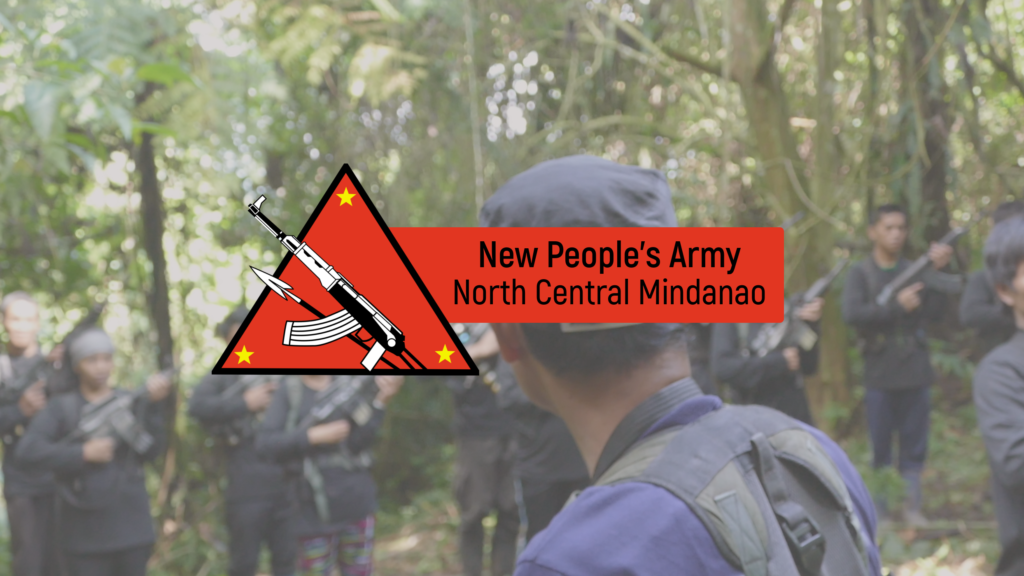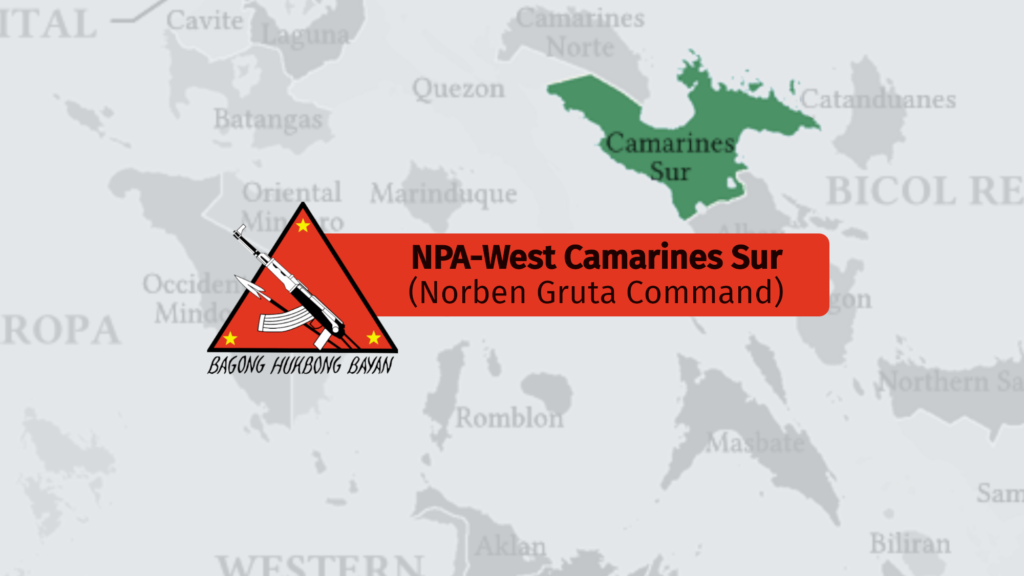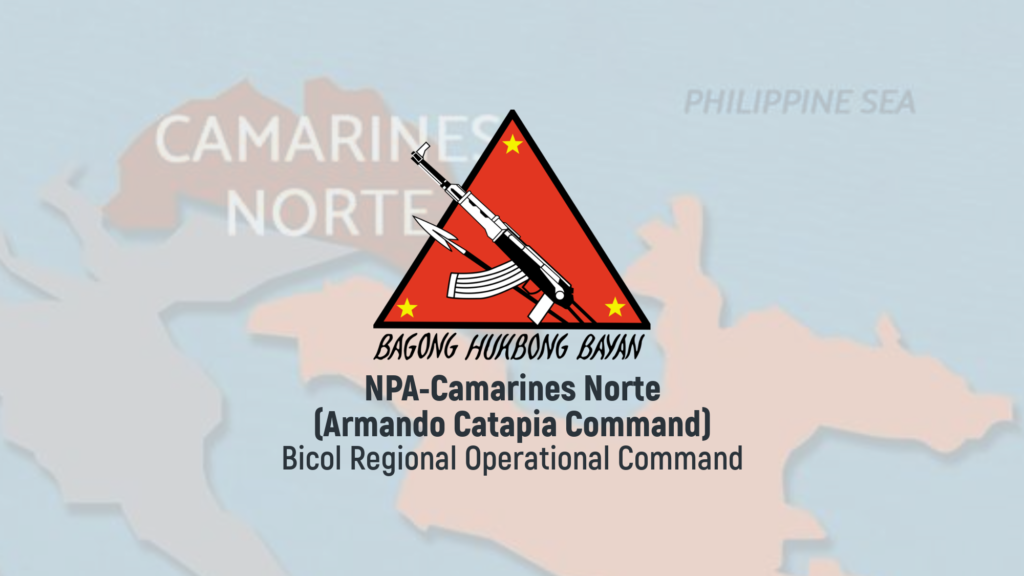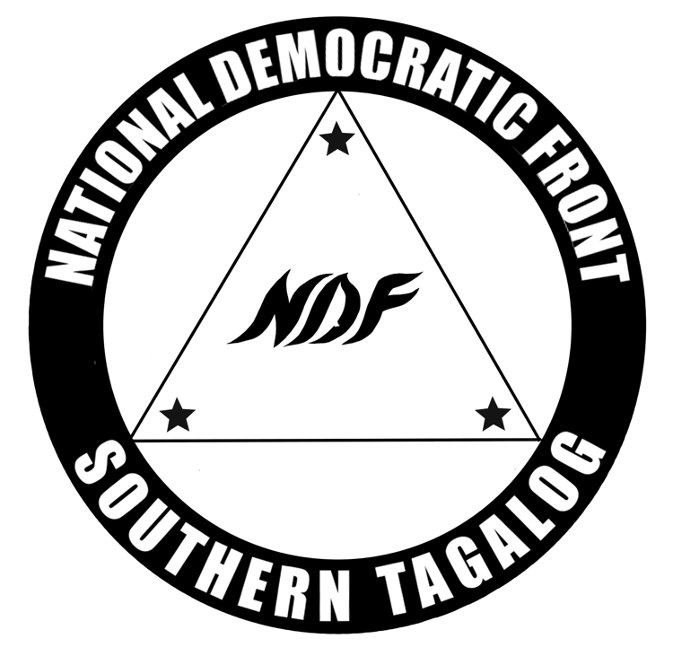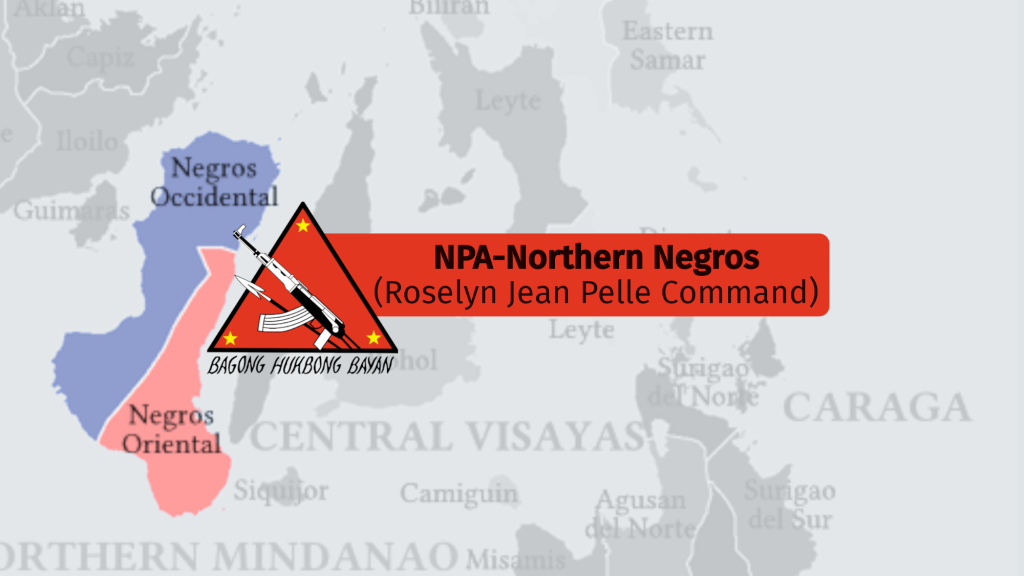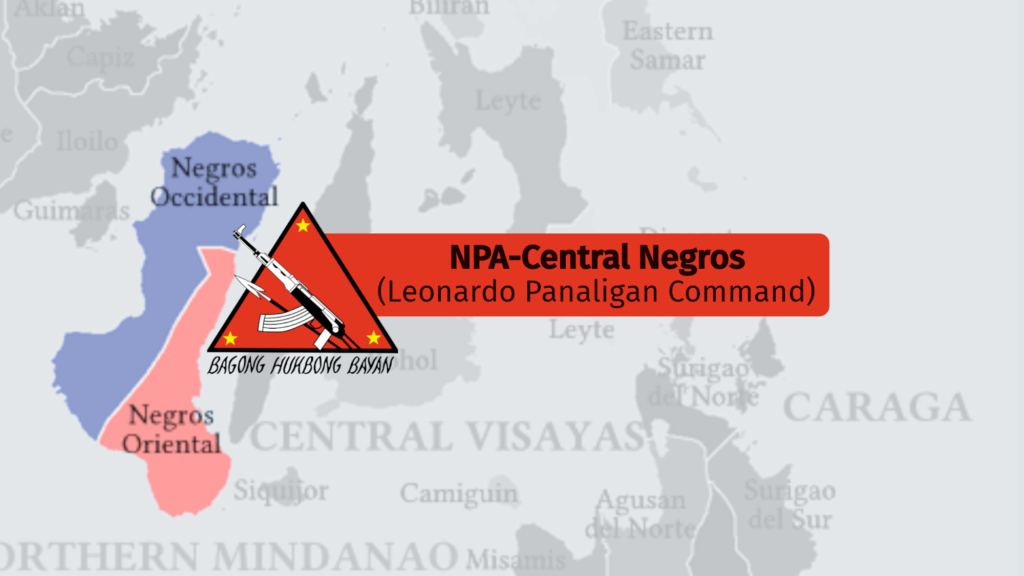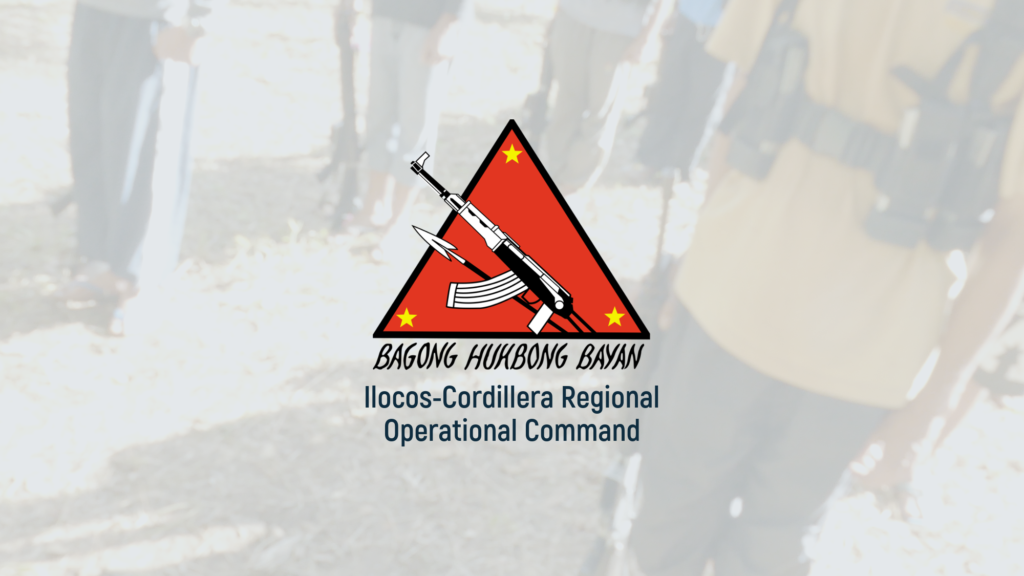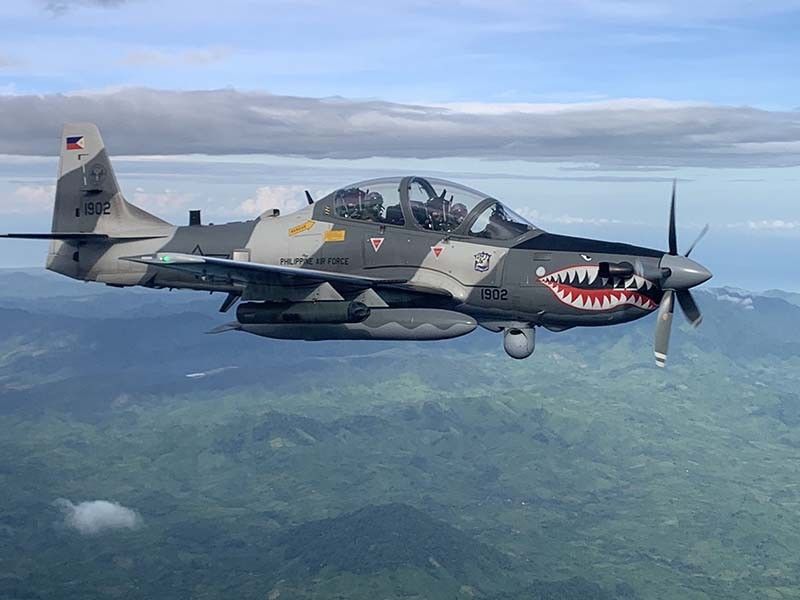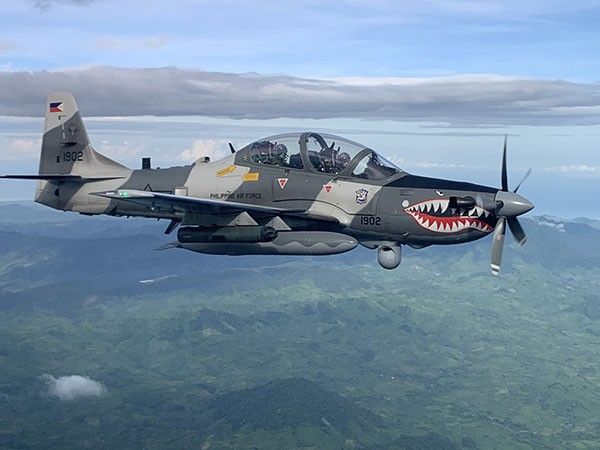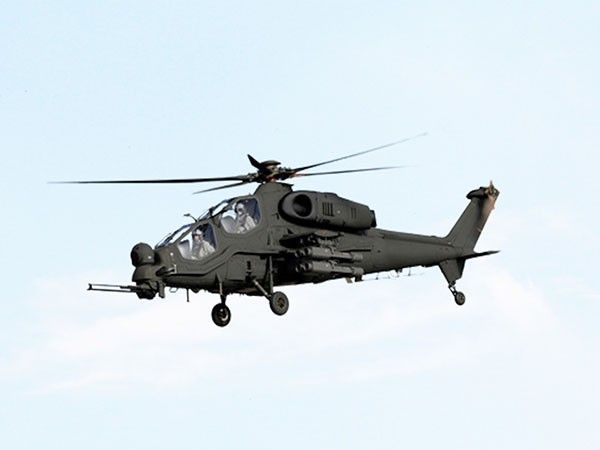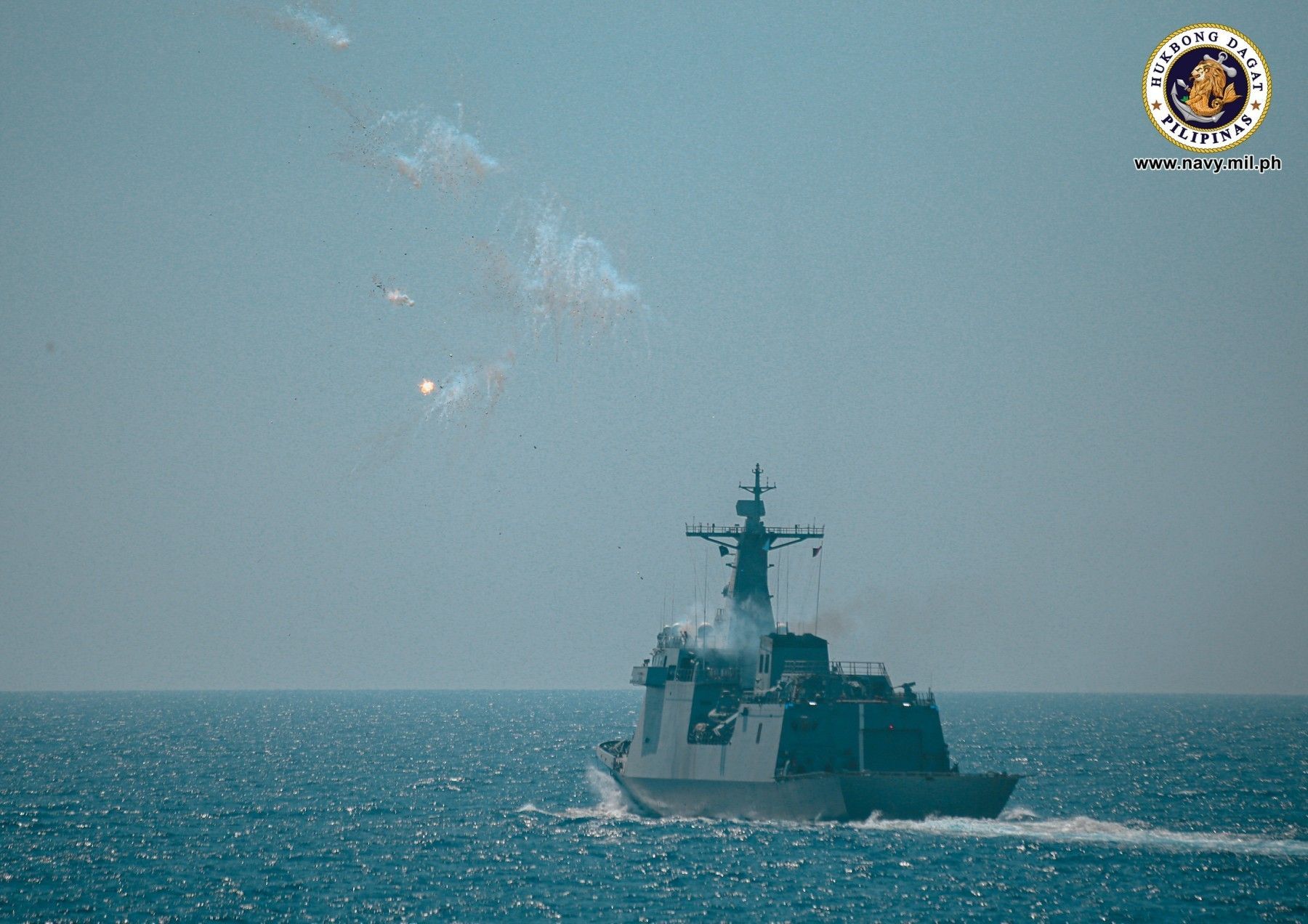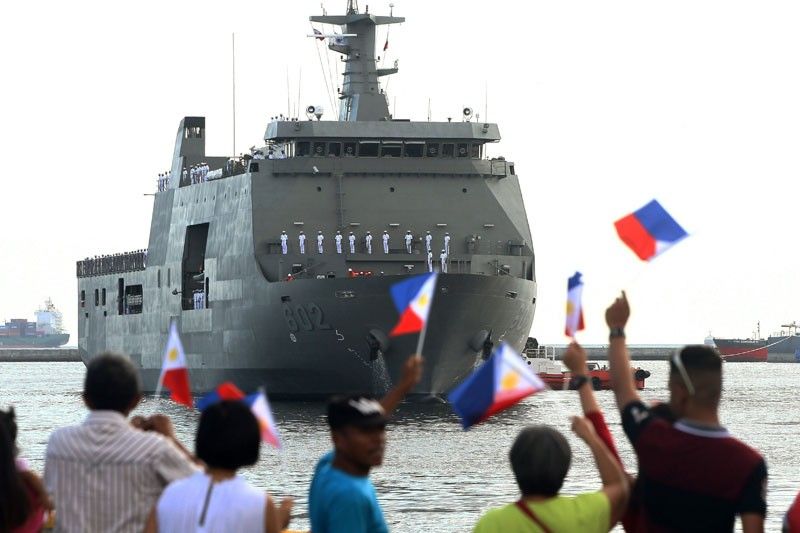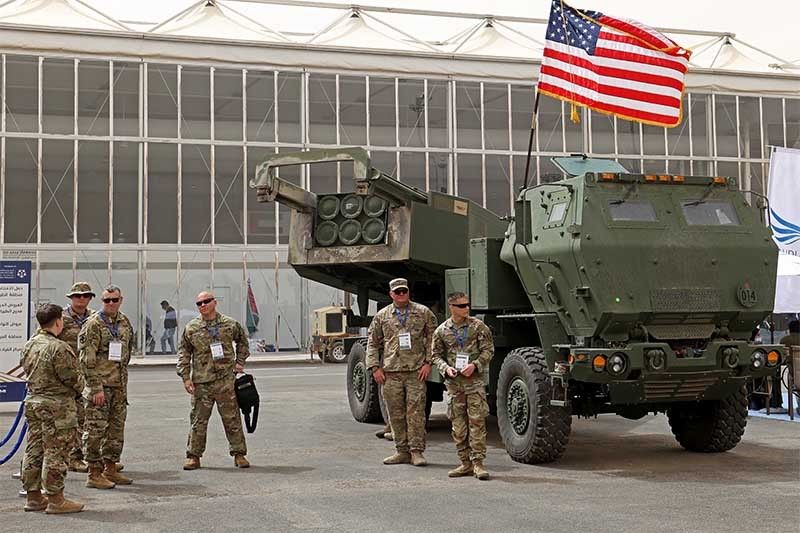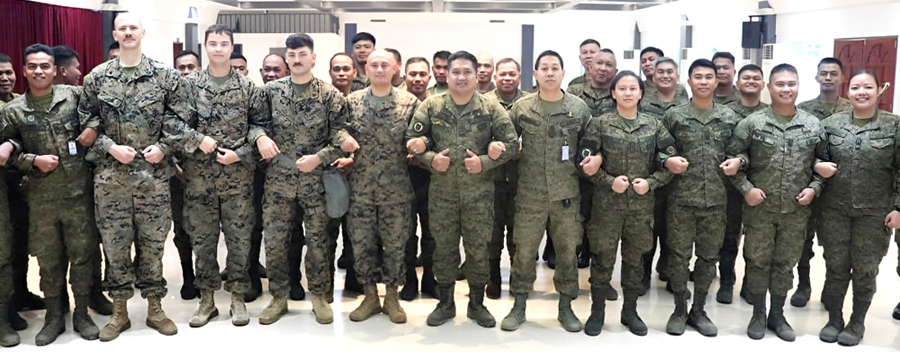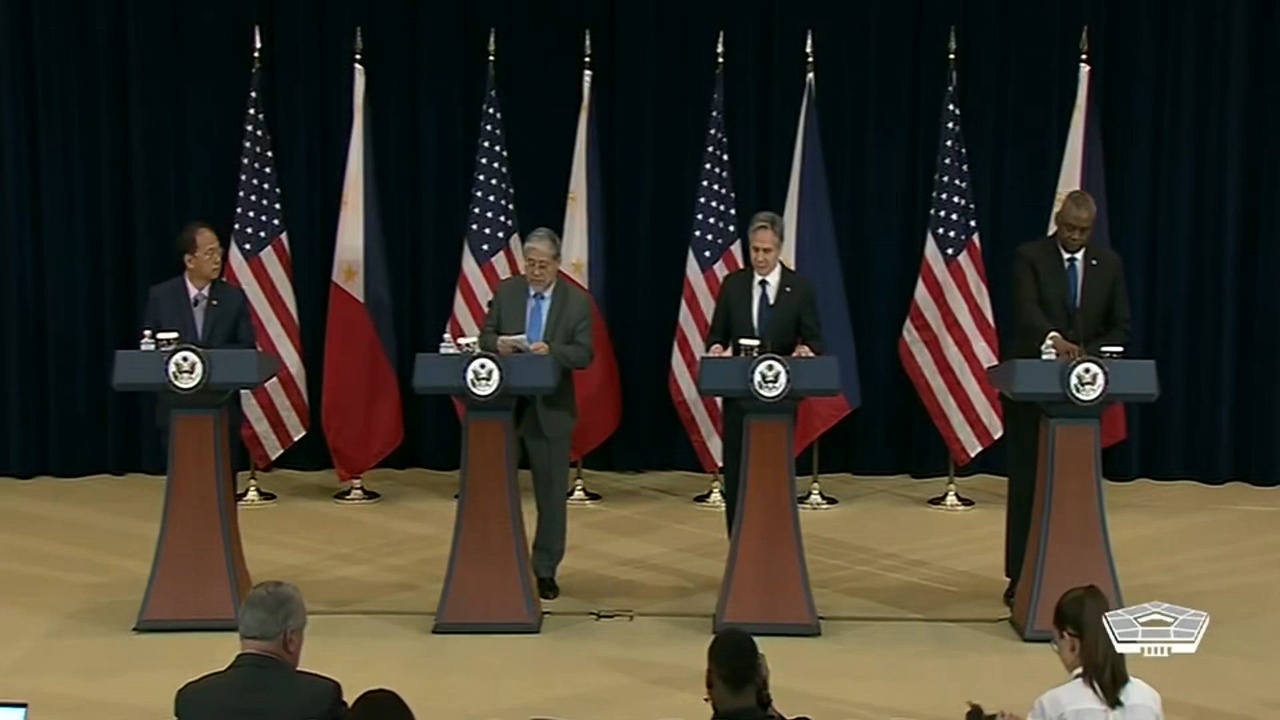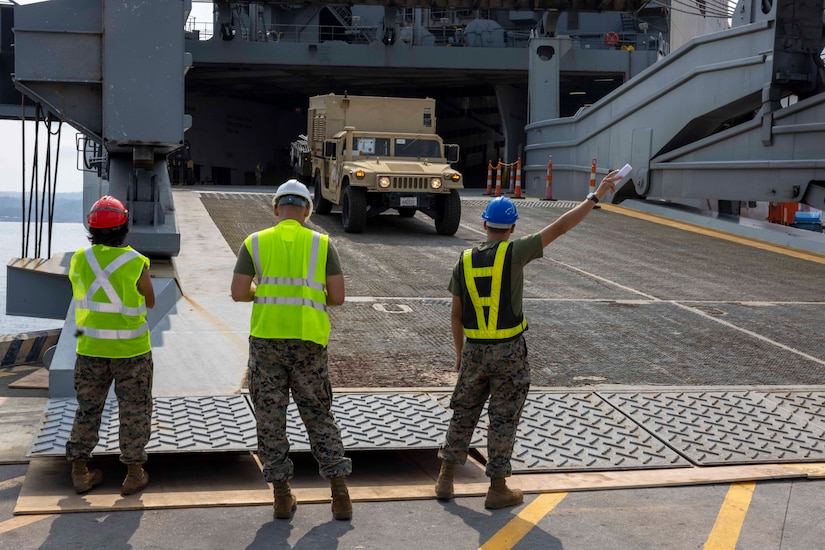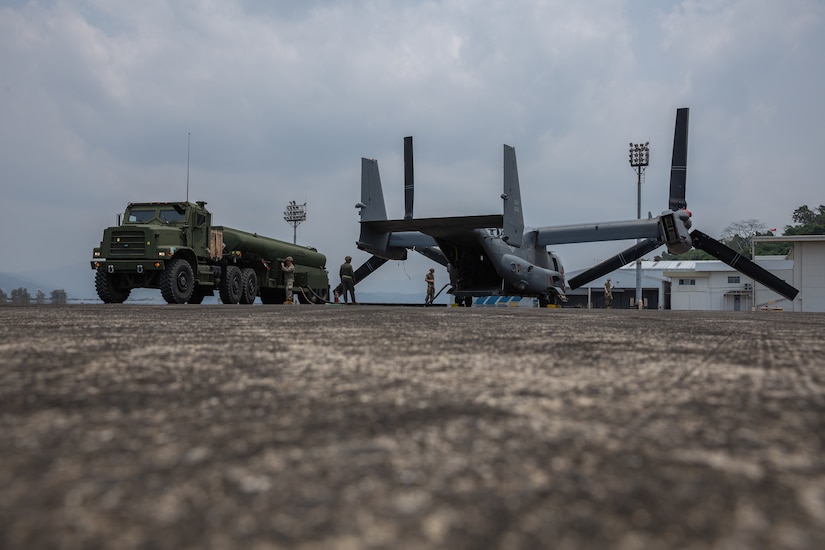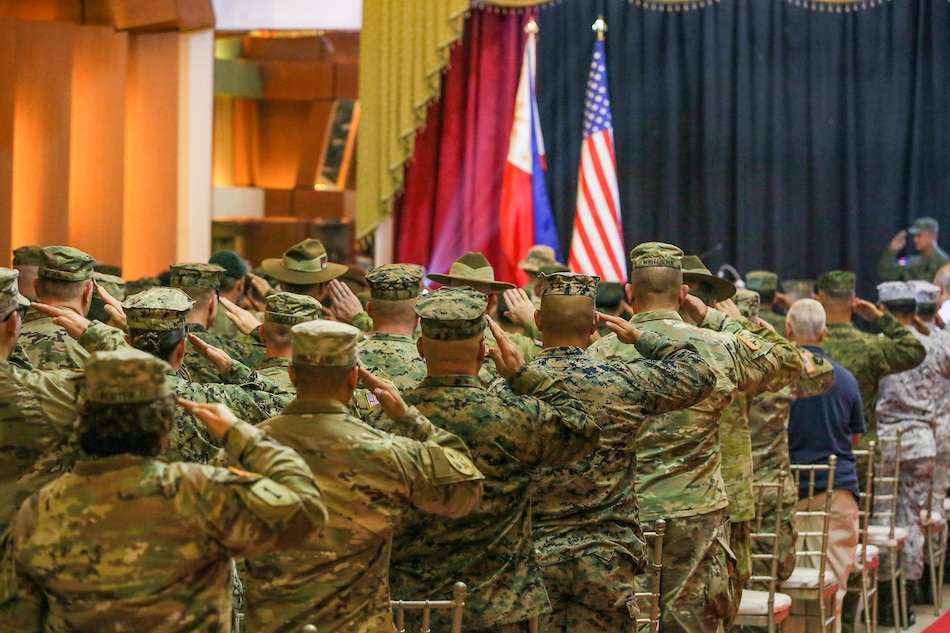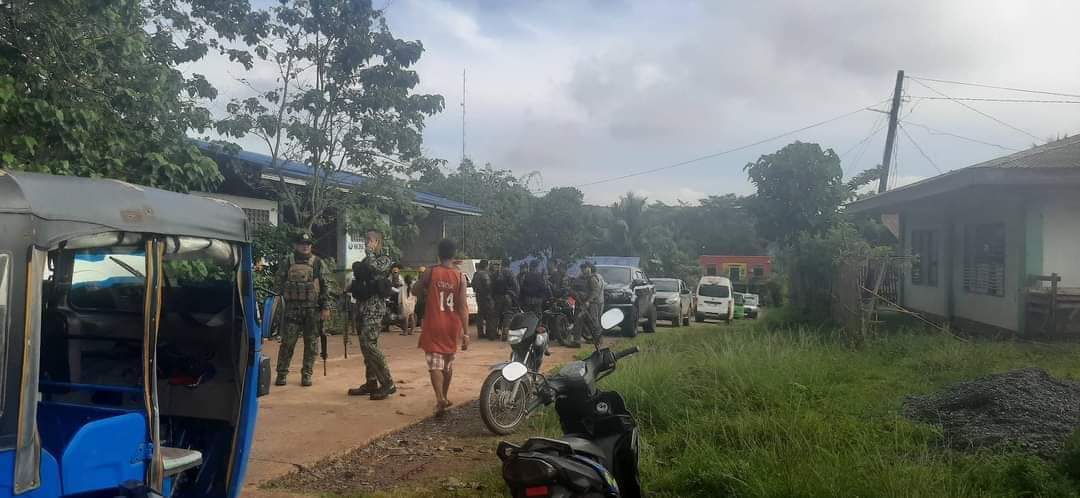From the Manila Times (Apr 12, 2023): 'EDCA key pillar of US, PH alliance' (By Bernadette E. Tamayo)
Latest Stories
Blinken meets PH officialsPH, US troops train in first Balikatan salvoCagayan gov to constituents: Speak out vs EDCA sitesShoulder to shoulder Philippine and US officials link arms to signify the start of the biggest Balikatan on Tuesday, April 11. From left to right are Major General Marvin Licudine; Armed Forces of the Philippines chief of staff General Andres Centino; US Embassy Chargé d’ Affaires Heather Variava; AFP Deputy Chief of Staff Brigadier General Noel Beltran and USMC, Commanding General, 1st Marine Aircraft Wing Major General Eric Austin. Photo By Mike De Juan
FOREIGN Affairs Secretary Enrique Manalo said the Enhanced Defense Cooperation Agreement (EDCA) is a "key pillar" of the alliance between the Philippines and the United States as they aim to "reforge" their relations in a high-level dialogue this week.
Manalo made the remark on Monday in Washington, D.C., during a forum organized by the Center for Strategic International Studies (CSIS) ahead of the 2+2 Ministerial Dialogue between top foreign affairs and defense officials of both countries.
Manalo and Defense department Officer in Charge Carlito Galvez Jr. will hold the dialogue with their US counterparts, State Secretary Antony Blinken and Defense Secretary Lloyd James Austin.
He noted that last week the Philippines identified four new locations to "house" US troops and equipment under the EDCA.
These are in Cagayan's Naval Base Camilo Osias and Lal-lo Airport; Camp Melchor F. Dela Cruz in Gamu, Isabela; and Balabac Island in Palawan.
The Philippines and the US, according to Manalo, are conducting this month "the biggest joint [Balikatan or shoulder-to-shoulder] exercises in EDCA history" with over 17,600 Filipino and American troops and observers from Japan and Australia.
"The EDCA is a key pillar of our alliance, and the Balikatan exercises, for the first time, build on our interoperability in the context of external defense," Manalo said in a speech.
He noted that the 2+2 Dialogue will resume on Tuesday (Washington time) after a seven-year hiatus.
"This highlights the positive trajectory of our bilateral relations, which is happening now at all levels, and the shared intention of Manila and Washington to sustain this momentum," Manalo said.
"This reforging of our alliance is taking place on the heels of the 75th anniversary of our formal diplomatic relations and the 70th year of the conclusion of the Mutual Defense Treaty," he added.
Manalo said, "We've only begun to underline that beyond aiding the modernization of military facilities, the EDCA sites support the local economies and present new interfaces for socioeconomic projects involving the national and host local governments."
He, however, declined to provide more information when asked whether US weaponry such as artillery and missile systems will be allowed on EDCA sites for possible defense of Taiwan against Chinese invasion.
"I think at this stage we basically identified the sites. There will have to be, as in the case of the other sites, discussions on terms of reference, the type of activities, and I think these all have to be agreed on," Manalo said.
"So, at this stage it's really very difficult to respond to questions like that. It will all depend on how discussions go on the type of activities and the terms of reference of those activities within any of those sites," he added.
Gregory Poling, CSIS Southeast Asia Program and Asia Maritime Transparency Initiative director, said the US and Philippines "have been engaged in a once-in-a-generation effort to update and modernize the alliance since 2021."
The allies, he added, have also set up a new maritime security dialogue, substantially increased US financial support for Philippine military modernization, boosted the size and ambition of joint exercises and trainings, deepened trilateral cooperation with the Japanese and Australians, and are undertaking negotiations on new defense guidelines and a military information sharing agreement.
"These are the bones of a modern and more equal alliance. A similar set of institutions were built into the US-Japan alliance over about a decade from the mid-1990s to mid-2000s," Poling said.
He added that the US and the Philippines are trying to do it in about two years.
"That speaks to the urgency and sense of threat that both sides feel from China," Poling said.
"Beijing's bad behavior has made this possible. By continuing to harass and bully Filipinos at sea during the previous presidency of Rodrigo Duterte, in spite of his outreach to Beijing, China strengthened a strategic consensus in Manila that it is a threat that must be deterred, making the US alliance more vital than ever," he added.
https://www.manilatimes.net/2023/04/12/news/edca-key-pillar-of-us-ph-alliance/1886729



